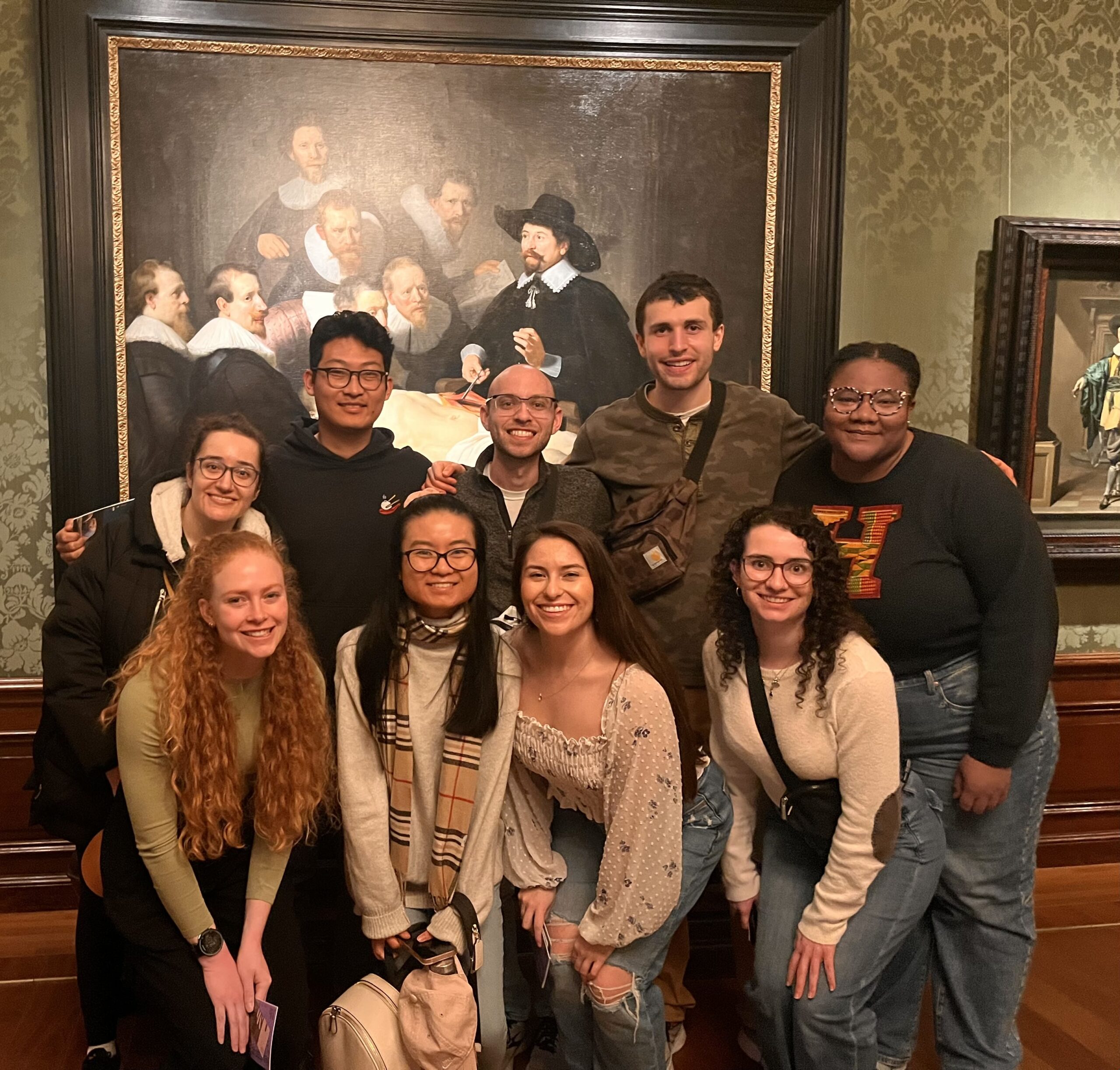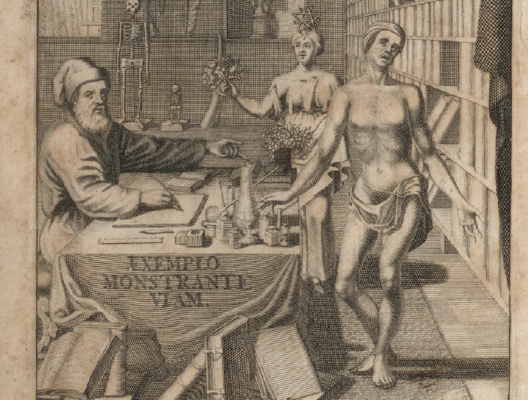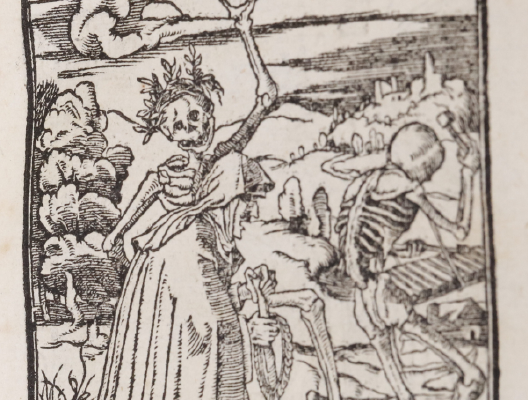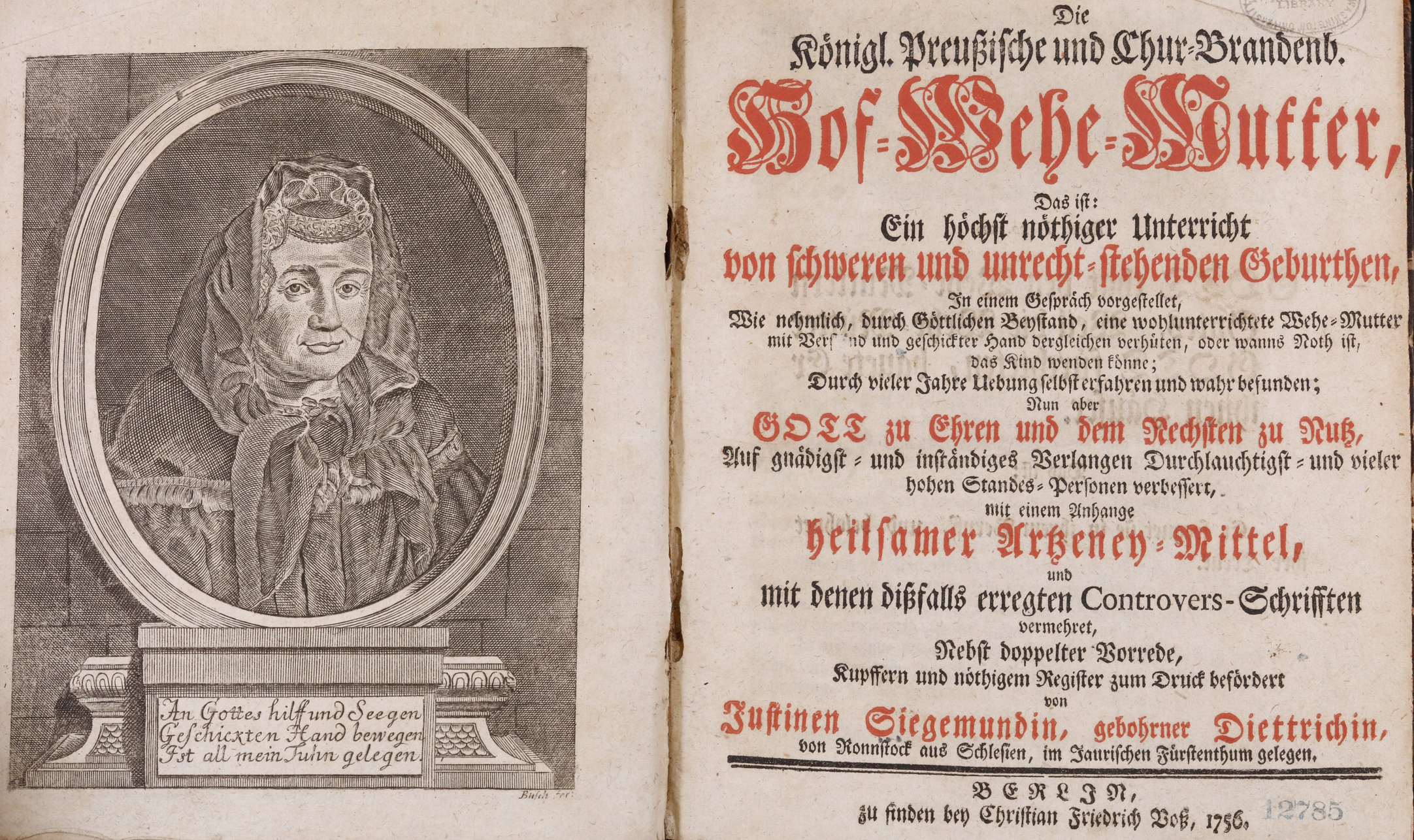Diving into history: Phase I medical students visit the Netherlands
Last month, the Center for the History of Medicine at Becker Library once again sponsored a spring break trip to Europe for Phase I medical students. While last year’s trip went to northern Italy to explore the origins of dissection in European medicine, this year focused on the medical legacy of the Dutch Golden Age [Read more]










